Although Bush had been born to a prestigious
Eastern (Connecticut and Maine) family, his formation would be Texan,
through and through, something more closely resembling Middle America.
We already know of his family background.
And even though Bush, Jr. was raised a Texan, his path often followed
that of his upper-class Easterner father, Bush, Sr. In fact, accepting
that path, or rising above it or apart from it, would serve to
challenge the younger Bush rather constantly. Bush, Jr., would always
have the problem of the typical 2nd generation son, who had an
ambitious, hard-working and highly successful 1st generation father to
follow. "Privilege" would not always make for an easy life. It would
always leave the haunting question to the son who had his own
ambitions, who would wonder if it was on the basis of his own merits,
or on the merits of his father, that he was experiencing success in
life.
Midland was a gritty Texas boom-town
built on the oil business. The Bushes were there for exactly that
reason, to develop the family fortunes in that same oil business. In
this they succeeded handsomely.
Religion played a key part in the
structured family life that Bush, Jr., grew up in. His father taught
Sunday School at the Presbyterian Church they attended, and the
family's Christian faith needed to be called on when Bush's younger
sister died of leukemia (Bush himself was seven at the time and, like
his family, deeply stunned by the death).
The Bushes eventually moved to the oil
business's financial center, Houston, and here the family turned to the
Episcopal Church for Sunday worship. When however Bush, Jr., was
rejected in his application to study at Houston's prestigious St.
John's School, he was enrolled instead in the even more prestigious
Phillips Academy in Andover, Massachusetts, where his father and
grandfather had studied – and acted as student leaders in their day.
This would begin the process of Bush, Jr., moving forward on the basis
of the social prestige that his family had developed in previous
generations.
Here at Phillips Academy, and Yale
University afterwards, the social profile that would mark Bush, Jr.
began to reveal itself. Perhaps part of this harkened back to his Texas
days, but Bush preferred to play the role of a Texas "good old boy"
rather than that of a polished up-East aristocrat or even scholar.
Academically he found himself in the lower ranks of his class, but
socially he was well-liked, actually considered by his peers as
something of a leader. At Yale (entrance achieved through extensive
family connections rather than through his uninspiring grades) he
excelled at the party life, being a major fraternity boy, drinking,
smoking, and dating the girls at the nearby girls' colleges. Thus
partly on the basis of his social, not academic, skills, he was
admitted to Yale's prestigious Skull and Bones society (as his father
before him had been).
Worship at Yale Chapel was simply not
going to happen. It was directed by the Liberal activist Reverend
William Sloan Coffin, Jr., for whom Bush quickly developed a general
dislike, in the same way that Bush seemed naturally to dislike all such
intellectuals, because of what he perceived as their inevitable
tendency towards unwarranted arrogance, not to mention ill-founded
social idealism. This was the era of very active civil rights
campaigning and ultimately anti-war protesting on America's college
campuses, Yale included, something that Bush had absolutely no interest
in whatsoever.
Texas had taught Bush some hard
realities, ones that seemed to be entirely missing in what Bush
perceived as the totally artificial world of up-East intellectualism.
He would never get past that general view of intellectuals.
He returned to Texas in 1968 after
graduation, joined the Texas Air National Guard (again, pushed to the
head of the long list of applicants because of family connections),1
and began his almost decade-long "nomadic years" as he termed them. He
worked here and there at various jobs, and finally succeeded in 1973 in
gaining entrance to Harvard Business School (thanks to his family's
connections?) and gaining an MBA there in 1975. Even here in Cambridge,
Massachusetts, he took on the same hard-drinking, good-old-boy (also
politically quite conservative) profile, proving himself once again to
be very popular on campus, even when he showed no interest in joining
in the Boomer anti-Middle- America mood widespread on campus.
He again returned to Texas and this time
took up the family tradition of work in the oil industry – but on his
own, forming his own oil and gas exploration company.
In 1977 he met and three months later
married Laura Welch, also of Midland (they had even been in 7th grade
class together at one point). This would finally settle Bush down
(somewhat) and they would find themselves attending church back and
forth between her Methodist Church and the Presbyterian Church where
Bush had once attended as a youth and now taught Sunday School. When
then in 1982 their twin daughters were born and baptized in the
Methodist Church, the entire family then made this their home church.
Still at this point, Christianity was for Bush merely a place to find
moral grounding. He valued the experience, but seemingly expected
nothing more beyond that.
And then the process of becoming
"born-again" would begin, first with a meeting with traveling
evangelist Arthur Blessitt in 1984 and then the following year with
Billy Graham. At this point deep change gradually began to reshape
Bush's life (daily reading of the Bible and Christian devotionals; no
more alcohol, and eventually no more tobacco). He was even so closely
identified with the evangelical community now that in 1987 he was
assigned liaison work with evangelical ministries during his father's
presidential campaign. This would further impact Bush, Jr.'s spiritual
journey.
Finally in 1989 he became a truly
successful businessman, investing money from his oil business with a
group who purchased the Texas Rangers baseball team. He subsequently
became well-known as the team's "face" before the public (having a
father as U.S. president was very helpful), and the sale of his
interest in the team nine years later also would make him a
multimillionaire.
In 1994 he tried running again for public
office (he had failed in gaining a Congressional seat back in 1978),
this time for the position of Texas governor. He was up against the
incumbent governor, progressivist Ann Richards, in a year in which the
Democrats took a huge hit nationally. So also in Texas. He defeated
Richards 53.5 percent against her 45.9 percent. His warmer personal
style, family name, and just the general political atmosphere worked
greatly in his favor. But he would be re-elected to the governor's
office 1998 by an even larger majority of 69 percent, the first person
in Texas history to achieve back-to-back electoral victories as
governor!
As Texas governor he had emphasized
cutting taxes, improving education and advancing the status of
minorities, especially Hispanics (he liked to demonstrate from time to
time his Spanish language ability). But as a "compassionate
conservative" (he coined this term while serving as Texas governor) he
directed the Texas people themselves, not Texas state agencies, to look
after the poor and the uneducated. His program was to set up
faith-based (Christian) volunteer groups, partially supported in their
work by public funding, to undertake the work of local social reform.
Such citizen faith-based groups would eventually become the very
central feature of his understanding of how government was supposed to
work.
But soon into his second term as
governor, he made the decision to pursue the call to national
presidency. As he saw things, it was a call that God himself had placed
on his life.
To gain the Republican candidacy, he
emphasized his work as Texas governor in the field of education, and
promised that as president he would rebuild the U.S. military, reduce
taxes, and improve the status of the country's minorities. He was, he
told the press, a compassionate conservative. The Republican field
included a large number of candidates, quickly thinned down to just
Bush versus John McCain, Arizona senator. The campaign against McCain
got ugly. But Bush came out on top in the contest. As the Republican
presidential candidate, he was now ready to take on the Democrats'
candidate, Vice President Al Gore.
Ironically, one of the main points on
which he attacked the Democrats during the campaign was the incumbent
Clinton-Gore Administration's huge involvement in "nation-building."
Bush promised that he would involve the country in no more such costly
and dangerous ventures. Ironically, this would soon come to be the
all-consuming focus of much of Bush's presidency!
Probably in the end most of the people
who went to the polls to vote for him did so because he was the
Republican candidate and because he was the son of a well-respected
former American president. Otherwise there seemed to be very little
differing the two candidates. Both ran as politically experienced
"centrists."

 Another
Bush elected President – November 2000
Another
Bush elected President – November 2000
 The
Bush II Administration
The
Bush II Administration
 Bush's startup: educational reform (No Child Left Behind or NCLB)
Bush's startup: educational reform (No Child Left Behind or NCLB)





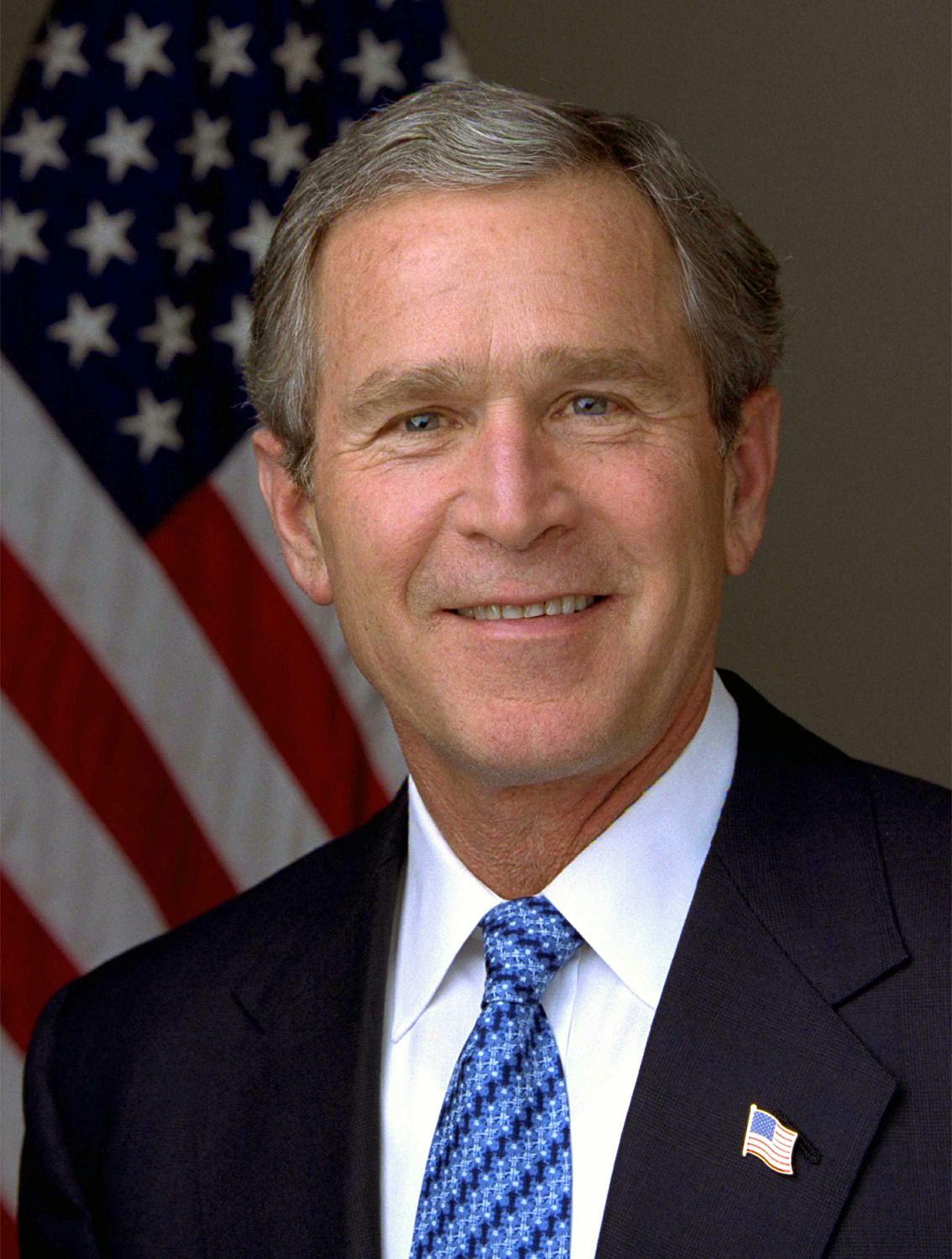
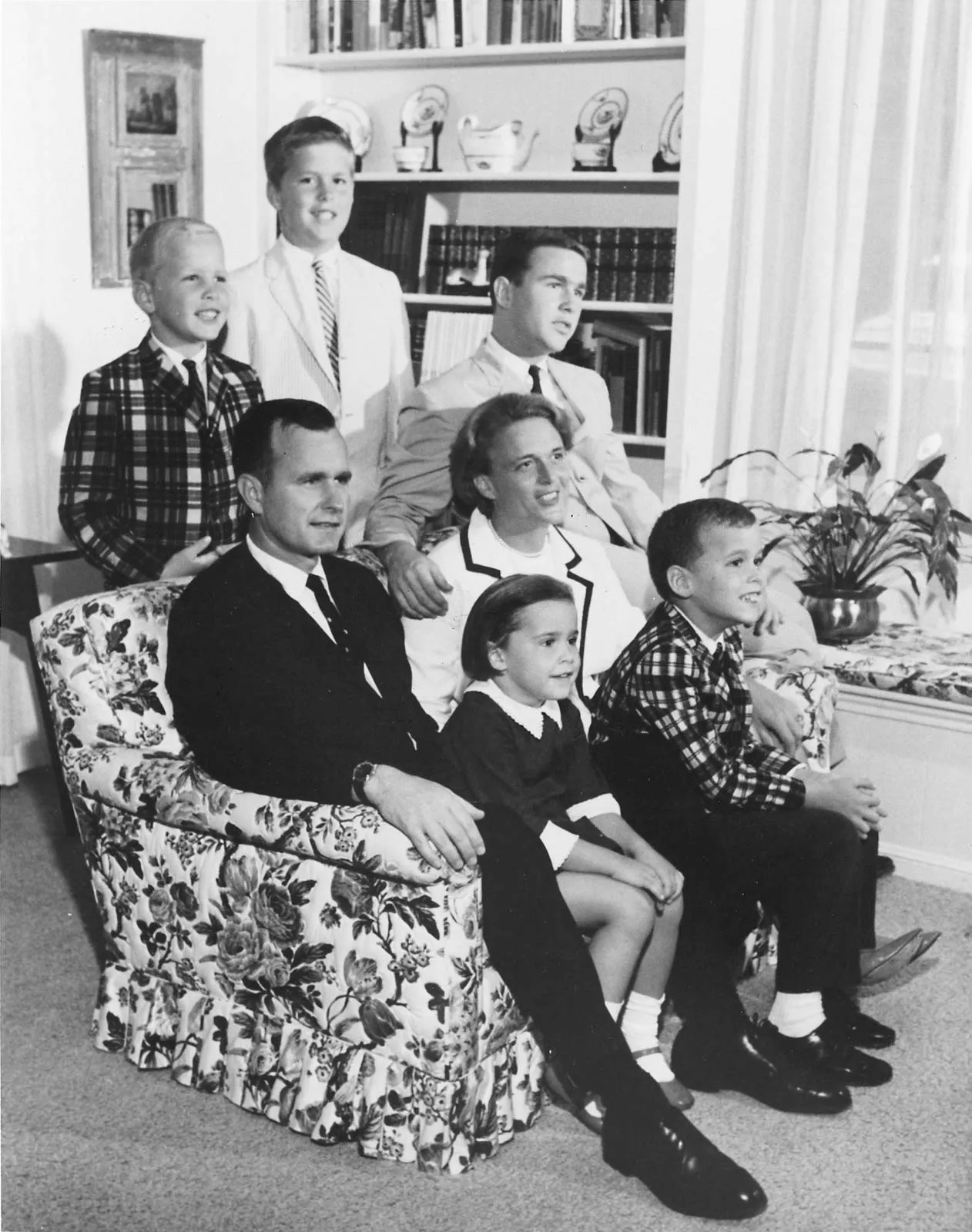
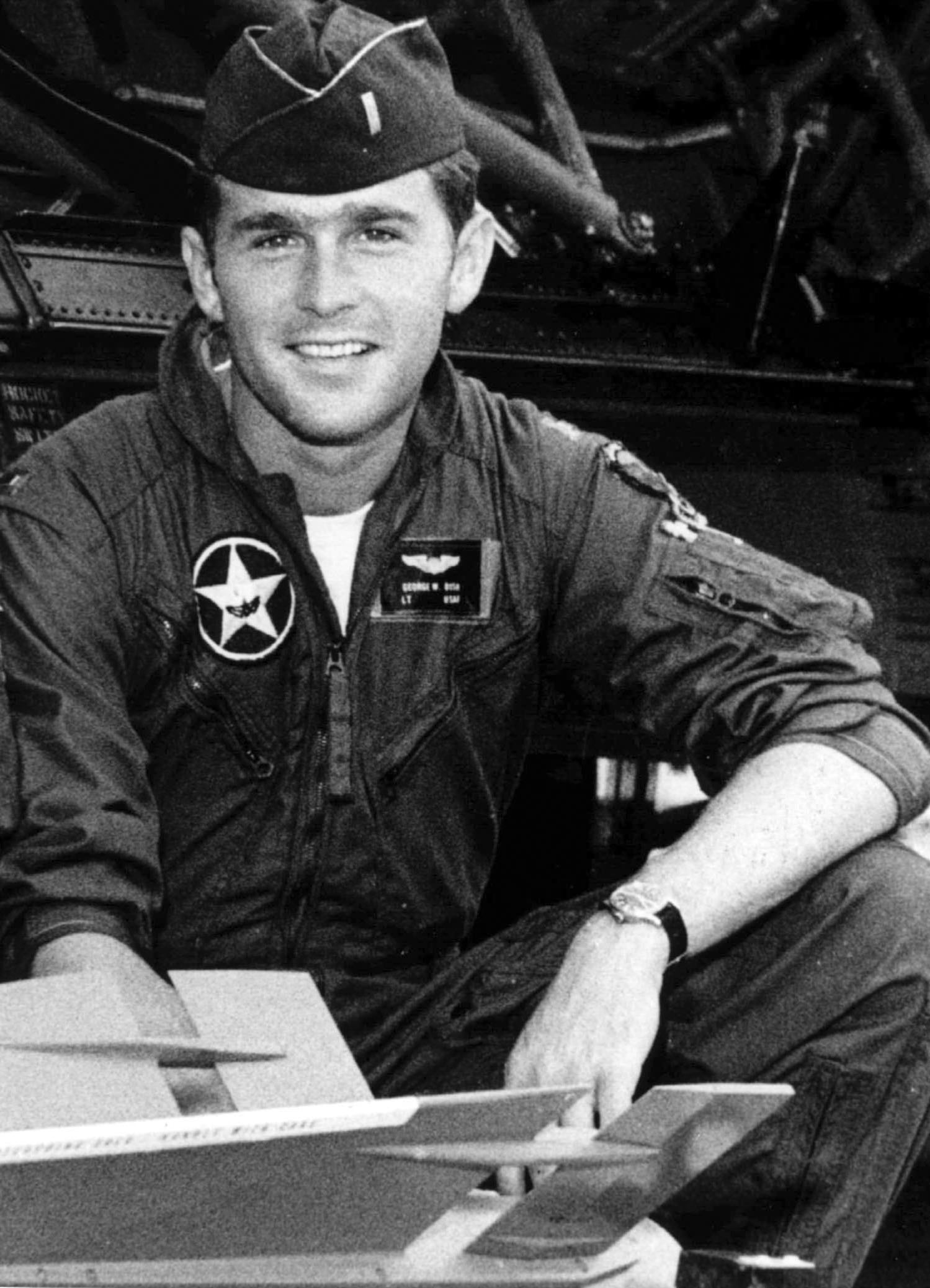
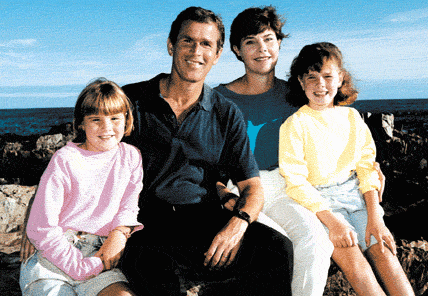
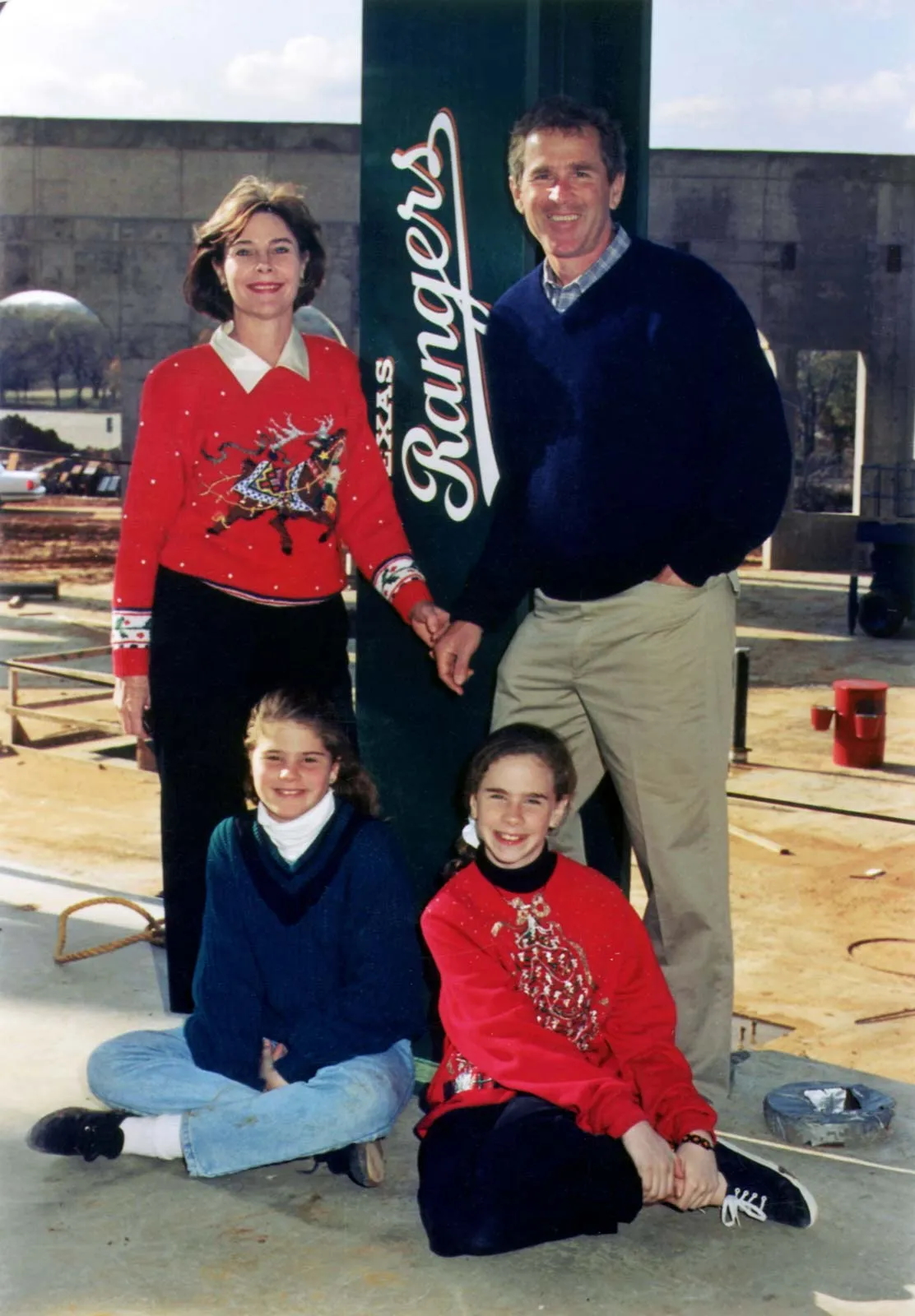
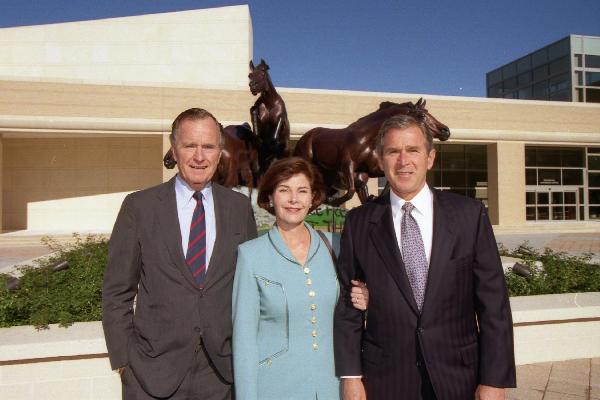
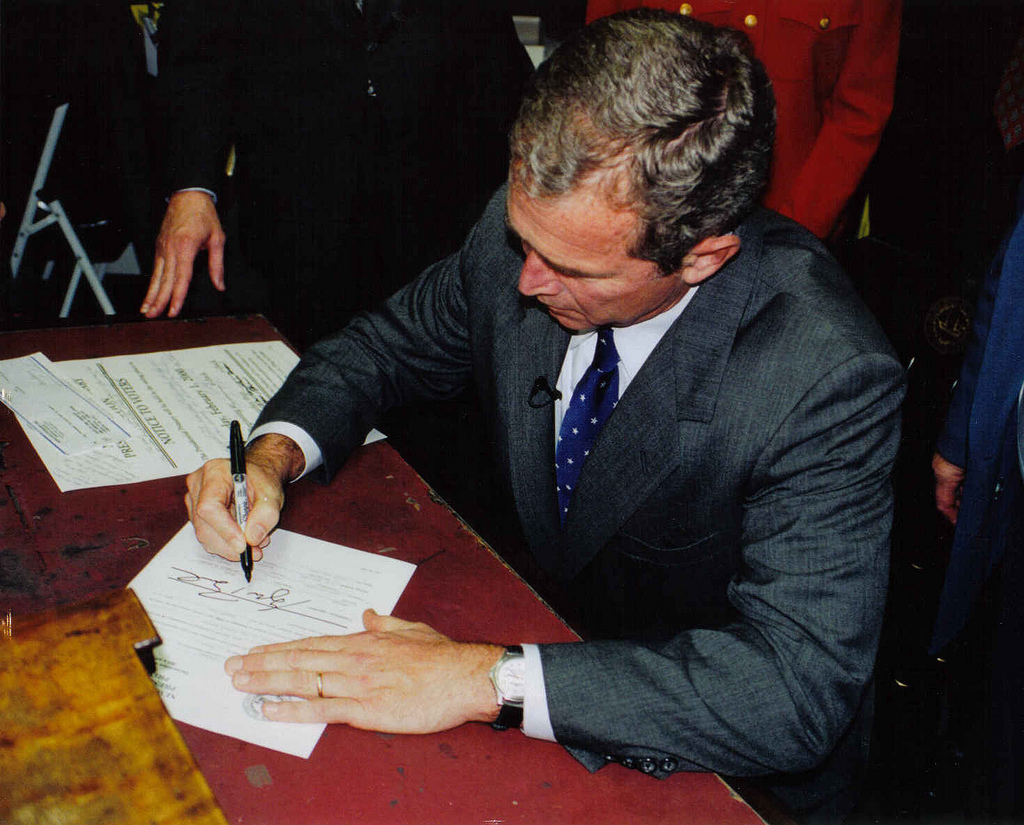
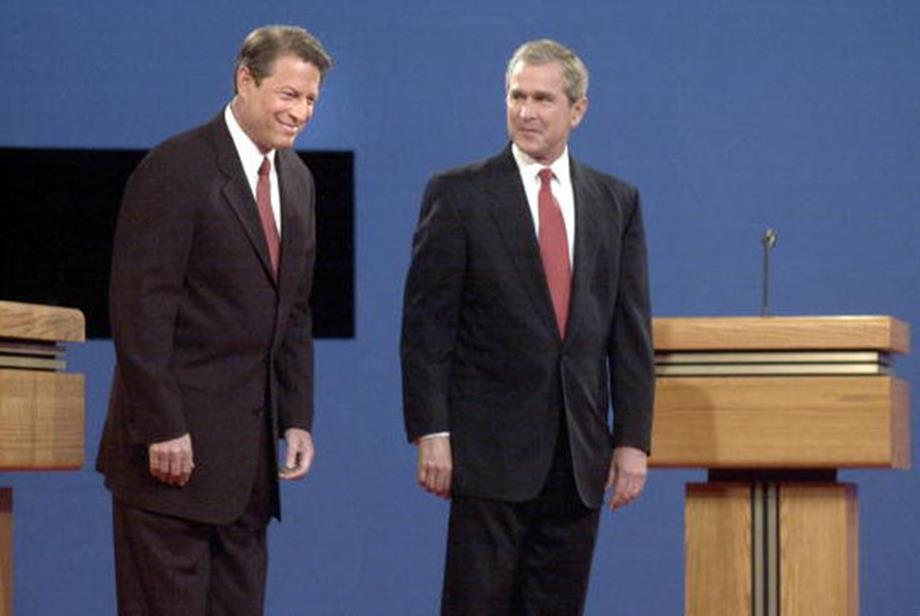
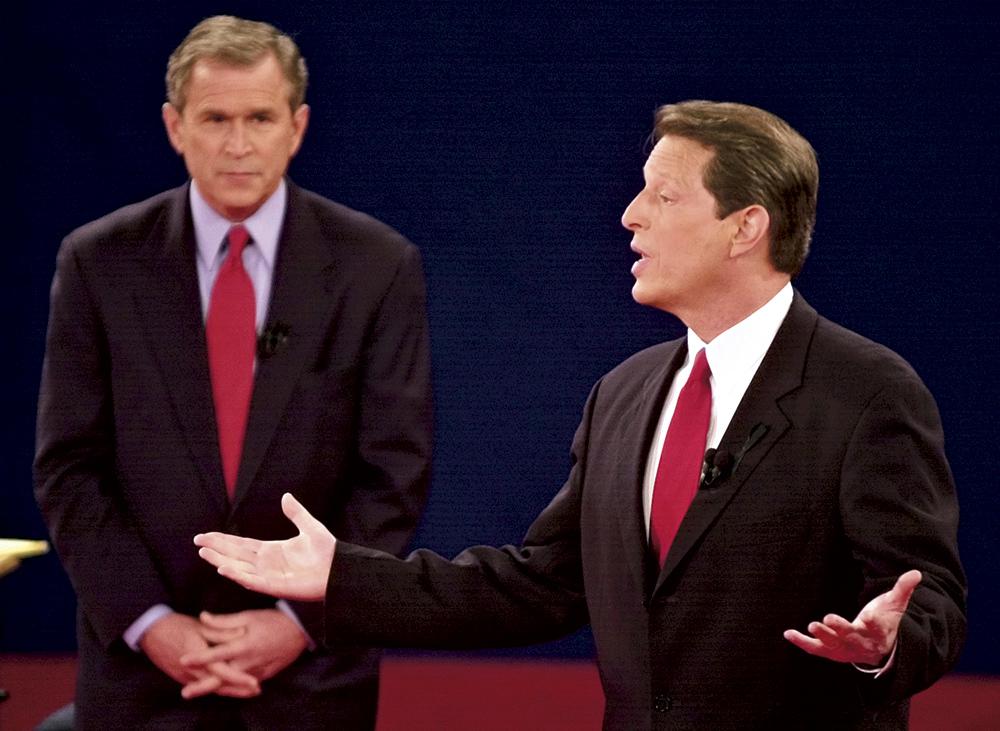
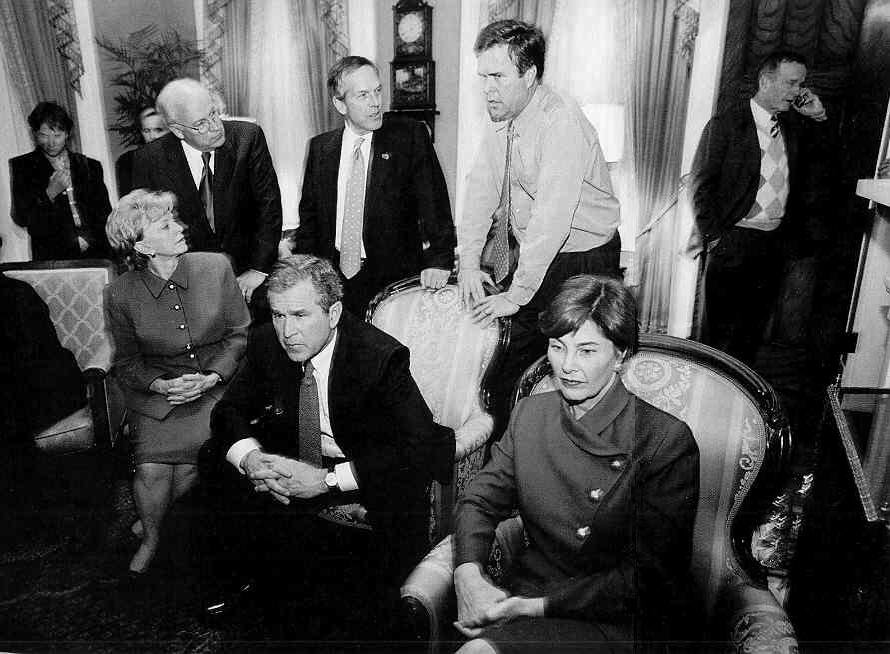
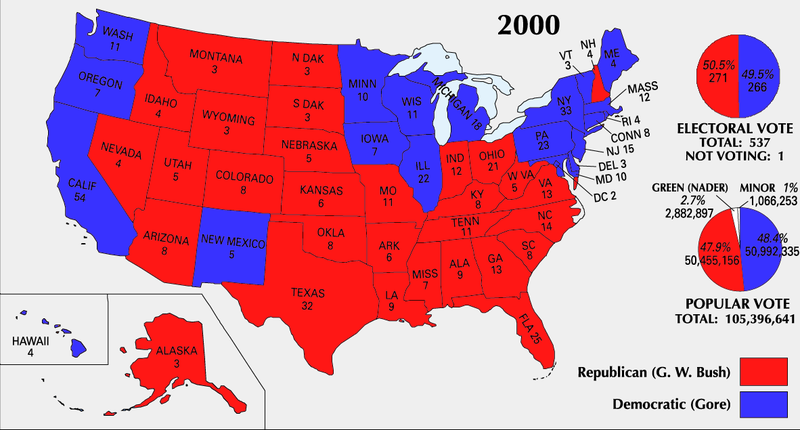
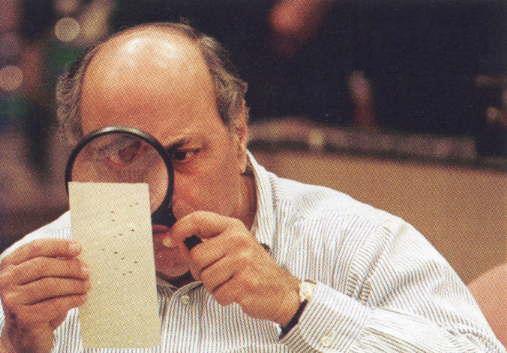
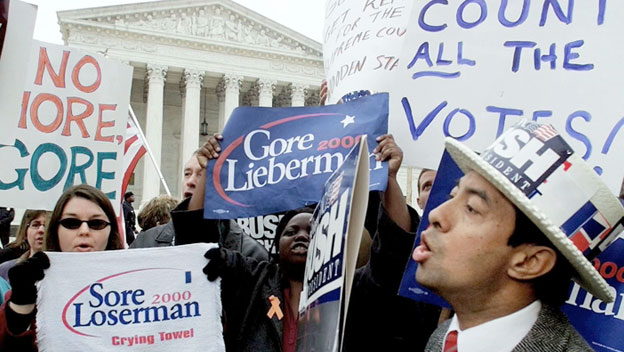
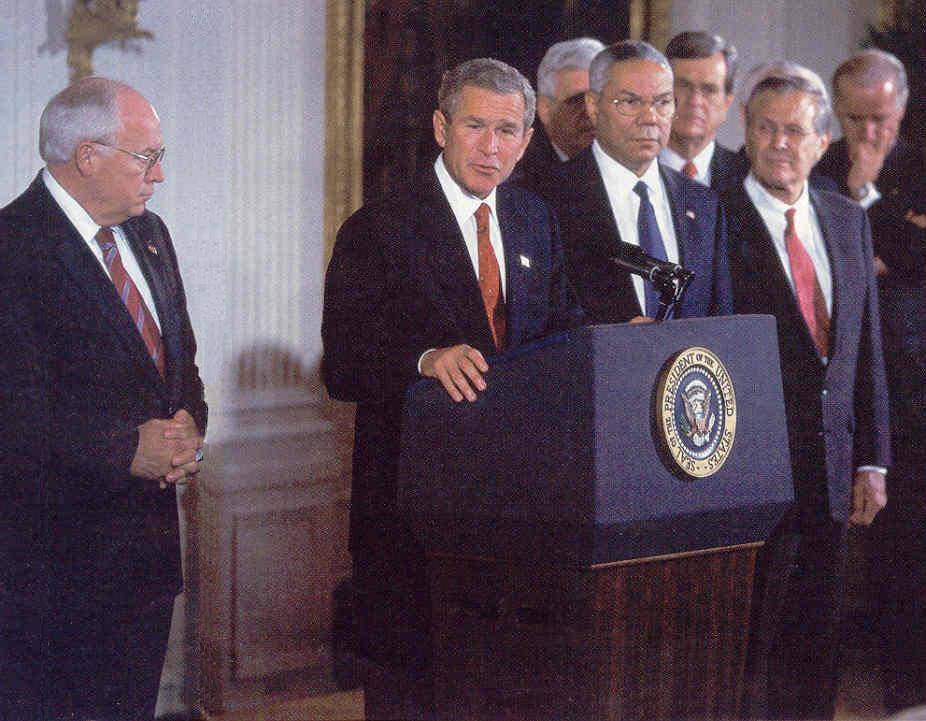
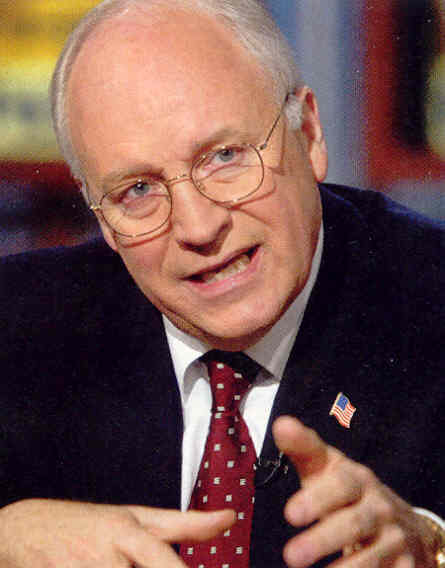
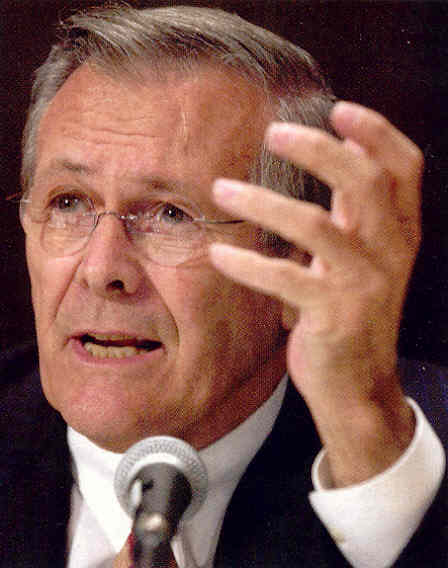
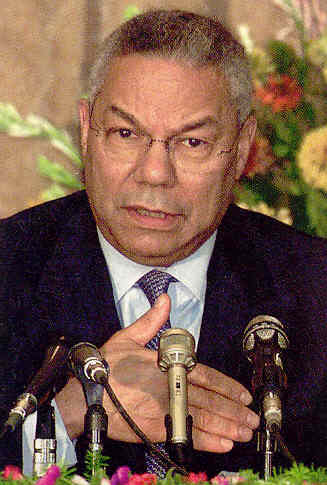
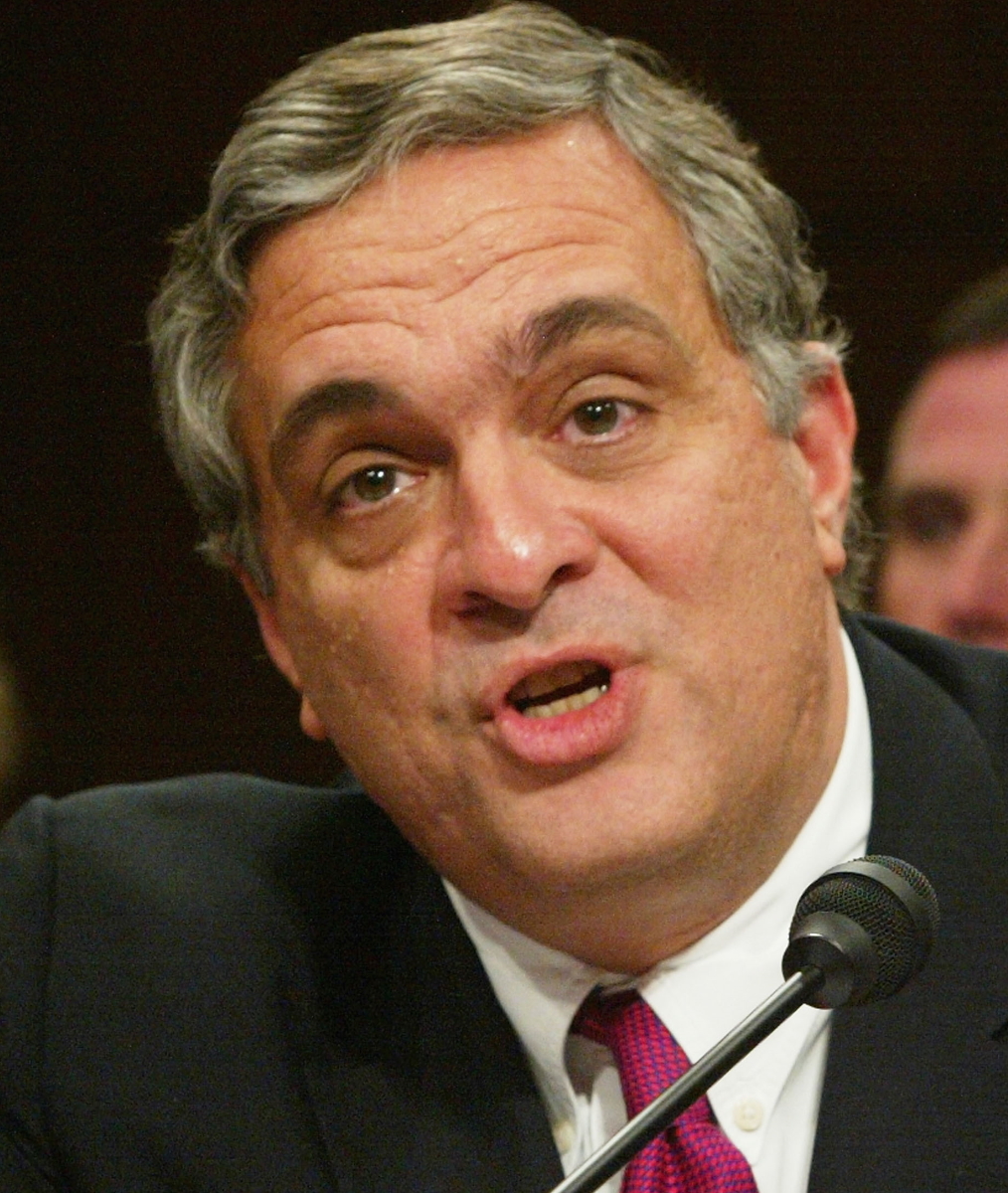
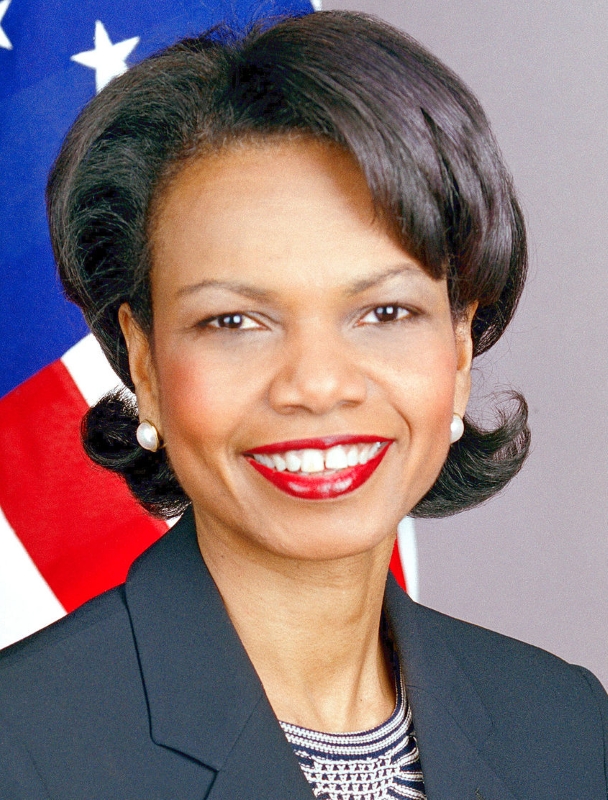
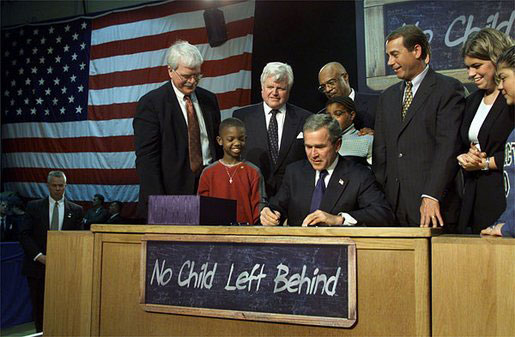

 Miles
H. Hodges
Miles
H. Hodges